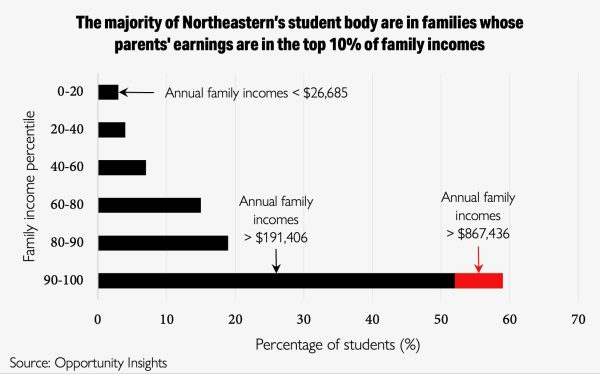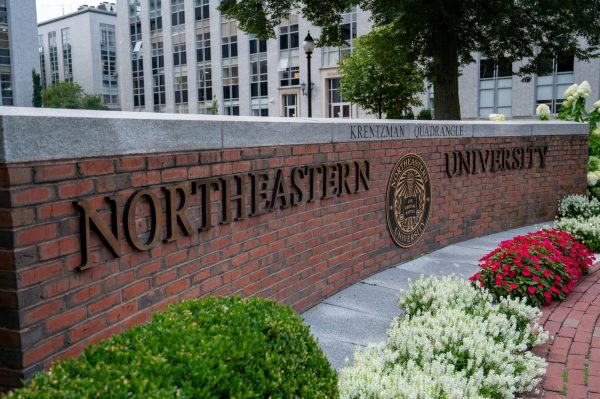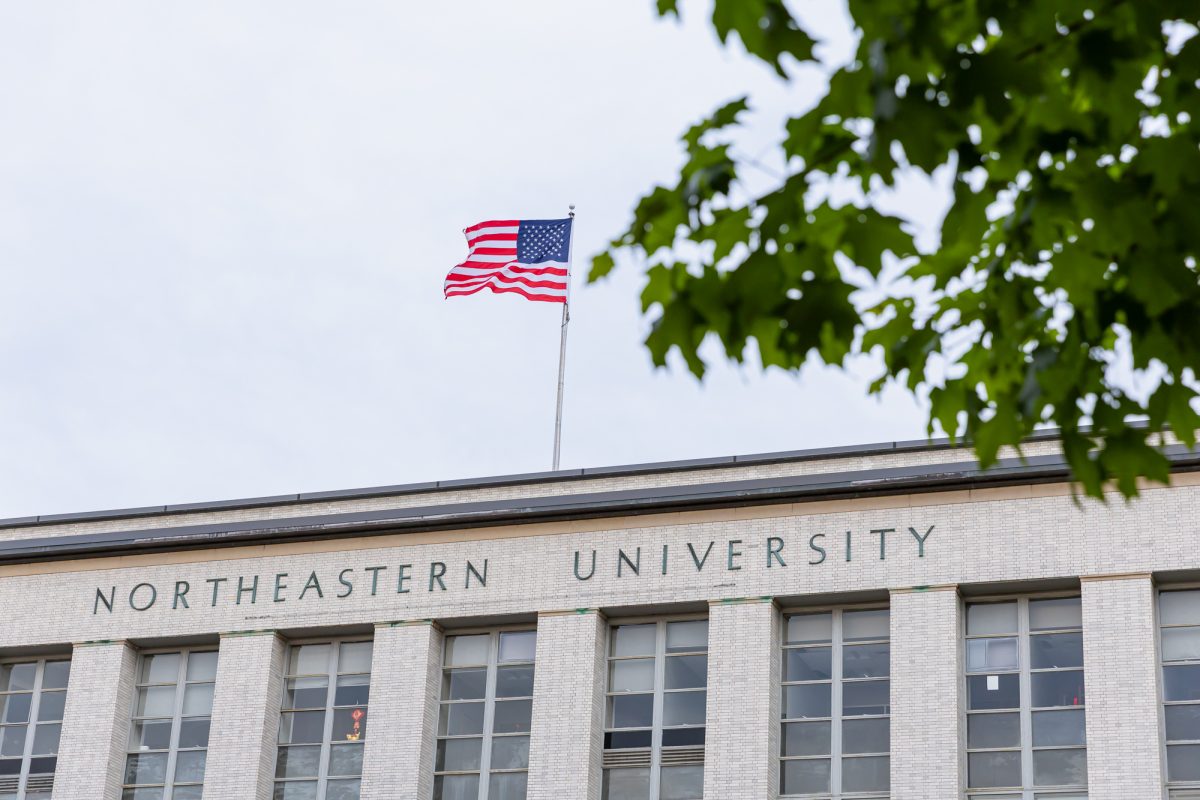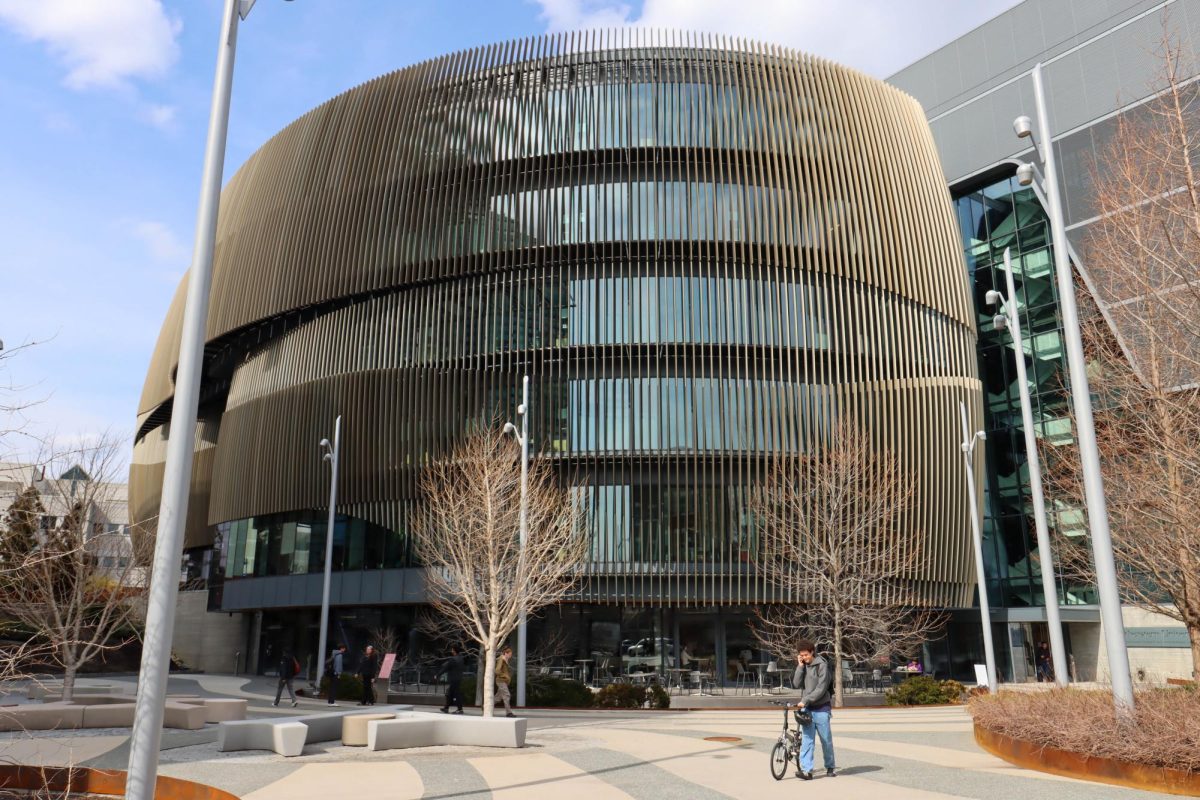Data recently published by the New York Times supports the common assumption that excessive wealth significantly increases the likelihood that an individual may attend a selective private college, and Northeastern is no exception to this pattern.
According to the Times’ research and data from Opportunity Insights, 52% of Northeastern’s student body belong to families with parents earning in the top 10% of family incomes, and 7% of the student population is among the top 1% (numbers are approximated based on students’ parental tax income records in 2015). The thresholds to be among the top 10% and 1% are annual family incomes above $191,406 and $867,436, respectively.
Data also showed that students among the top 1% were nearly four times more likely to attend Northeastern than the average college-bound student, and over 12 times more likely to attend than students in the bottom 20% of family incomes. Annual household incomes among the bottom 20% are less than $26,685.
“It’s sad, but not surprising,” said Kaia Moehlis, a second-year environmental science major. “I think I’ve just been told my whole life stuff like this happens, so it’s not surprising.”

Rather than mitigating the issue of education access for lower income students, the data show Northeastern has contributed to the trend. From 2008 to 2018 Northeastern’s tuition increased costs by 4.5% per year while inflation averaged only 1.8%. These price increases mean that Northeastern has gradually become less accessible to lower income individuals.
However, compared to several other Boston schools including Boston College, Harvard, Tufts, and Boston University, Northeastern is more accessible. Among Boston schools, Boston College has the most drastic disparity, with individuals among the top 1% having 10.1 times the likelihood of attending compared to the average rate.
“I think that the American education system is deeply flawed, especially within things like providing money for the public sector,” said Elise Freedman, a third-year international affairs and international business combined major. “It doesn’t surprise me that rich people are getting into good schools because their families can afford [the tuition prices] better.”
A follow-up article published by the Times Sept. 7 displayed a list of colleges ranked in order of their economic diversity. The index analyzed the share of students who receive Pell Grants, which are grants provided to students among the bottom 50% of income distribution.
Northeastern ranked in the bottom 13% of schools, coming in 248th out of 283 schools, indicating that Northeastern’s student body is less economically diverse than many other selective universities. Northeastern’s freshman Pell share is 13%, significantly lagging behind the national average of 21%.

“Education is one of the biggest things that helps people move from a socioeconomic rank to an improved status,” said Mark Hooker, an economics teaching professor at Northeastern. “So that’s one of the reasons there’s a lot of effort in trying to get education more broadly accessible.”
Hooker weighed in on why many private, selective universities may limit enrollment of students coming from lower income families.
“The majority of schools take into consideration the need for financial aid, so they probably admit fewer high-need students than they otherwise would,” Hooker said. “From the point of view of the profitability of the university, the more people they admit who are willing to pay the full amount, the better off it is for the university, financially.”
In addition to deliberate action by the university, there are other factors that may lead to increased enrollment of students within the top percentiles of family incomes.
A research paper by professors Raj Chetty and David Deming of Harvard University and John Friedman of Brown University found that legacy admissions, recruitment of athletes and a preference for students coming from private “feeder” schools are all factors that increase the likelihood for students among the top 1% to attend elite private universities. Although Northeastern does not consider legacy status, Northeastern’s recruitment of athletes and priority admission of students from “feeder” schools have contributed to this pattern.
“There’s a full infrastructure that upper income people tend to avail themselves that lower income people either don’t know about or just don’t have,” Hooker said.
Northeastern should take steps to support a more economically diverse student body, Moehlis said.
“We’re not funding enough people to get an education that will serve them properly,” Freedman said. “I think that as a society, in the United States, we need to start funding a larger population of students in schools so that everyone has the same access to education.”
Northeastern economics teaching professor Gustavo Vicentini explained that one step elite private schools can take to diversify their student populations and give those in the lower half of the wealth bracket more opportunities for admission is through a “relative admission-test score” system.
“You should benchmark the scores of kids based on where they’re coming from,” Vicentini said. “A kid from a poorer neighborhood might have to work a job for 15 hours per week because they have to help out at home. So, they might not have the chance to study as much as the kid from a higher-income neighborhood.”
This system utilizes assumptions to determine what test score a student from a lower-incomeneighborhood might have gotten if they were provided with the same resources and time to study as students from higher-income neighborhoods.
Admitting students based on “relative admission-test score” could help to minimize wealth barriers in higher education and diversify not only Northeastern’s campus, but all elite private universities, Vicentini said.









